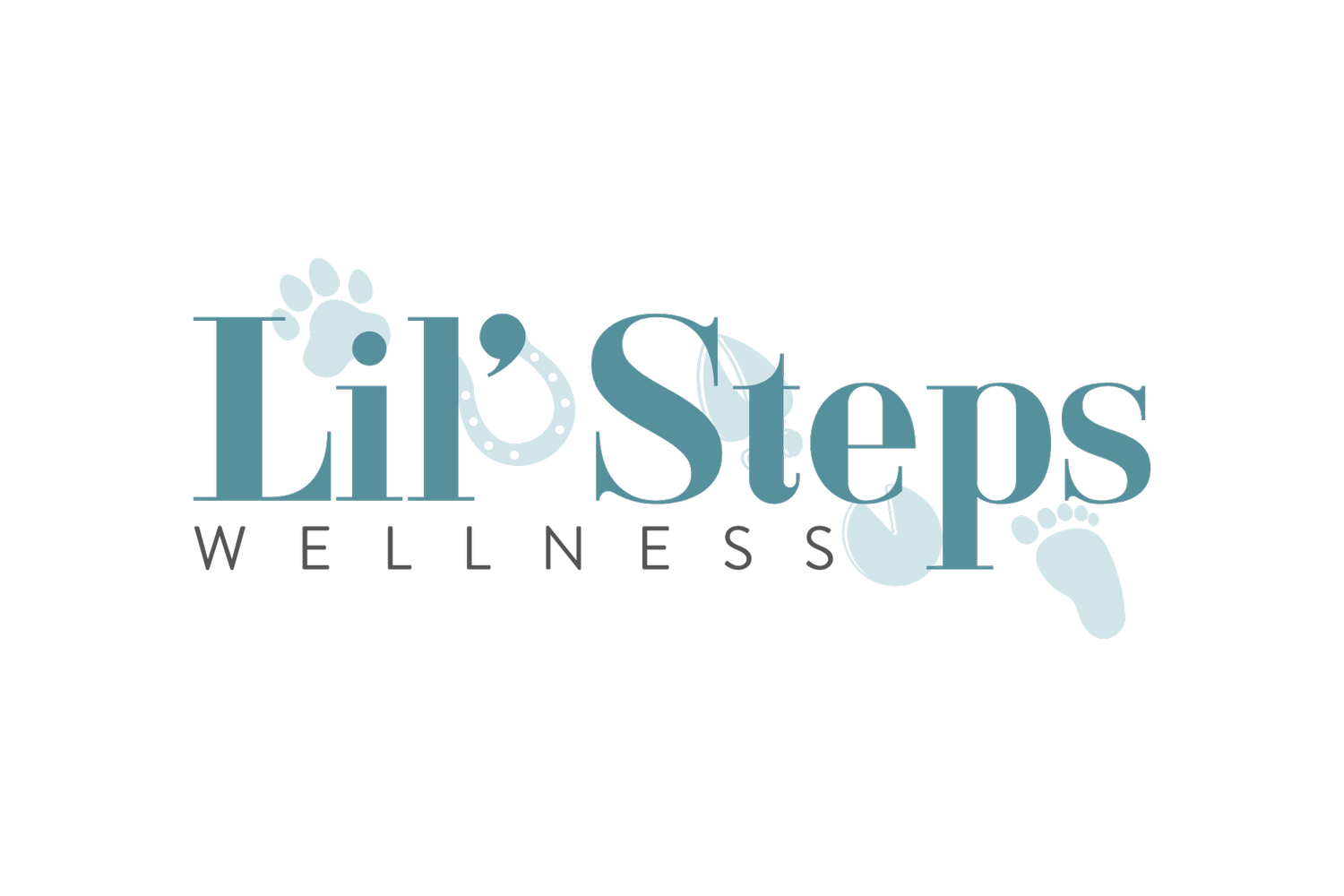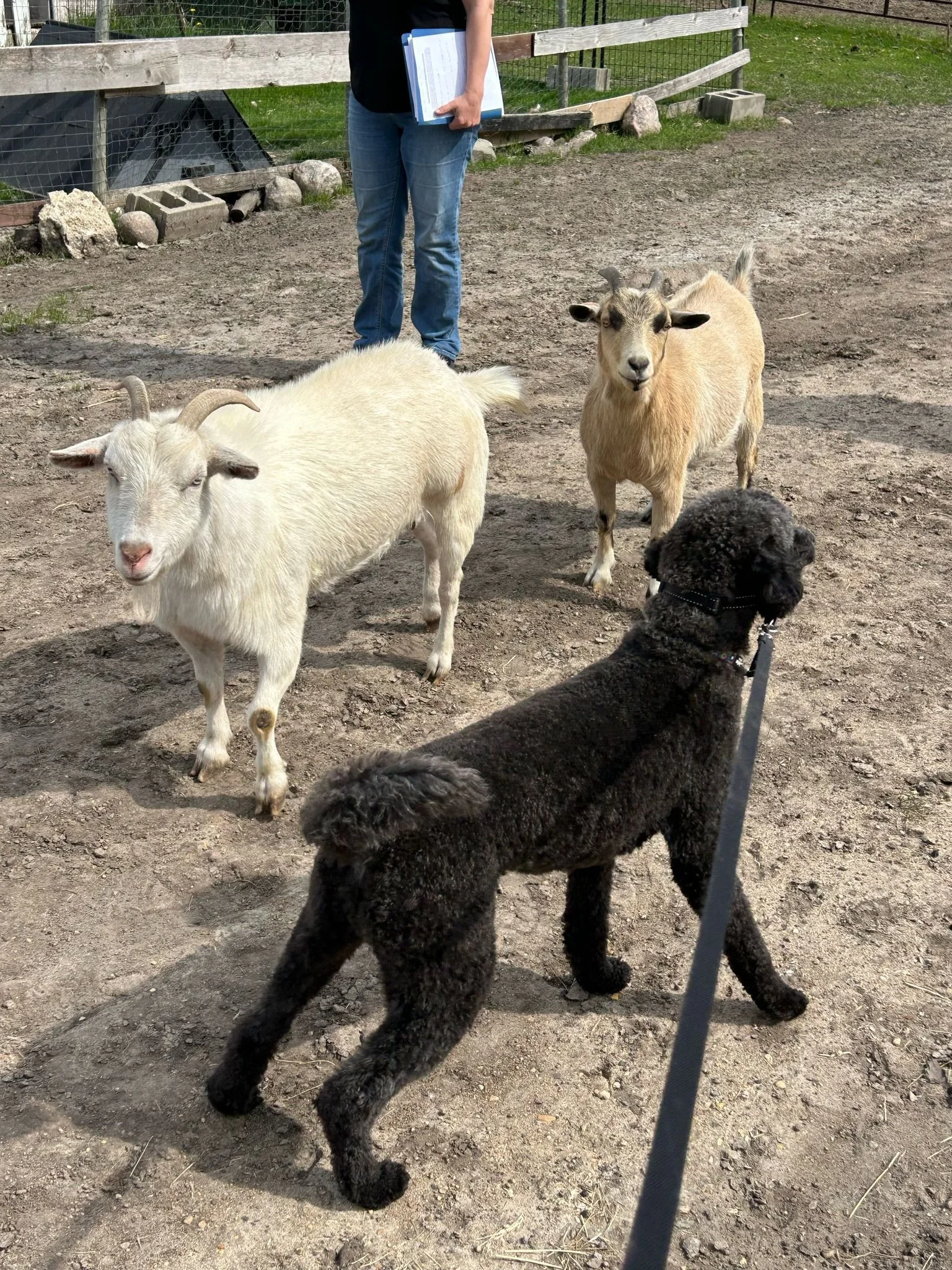Animals in the Workplace vs. Animal-Assisted Therapy: What’s the Difference and Why It Matters
Over the past few years, animals have become more common in workplaces, whether it’s a dog lounging in the office or a company hosting “Bring Your Pet to Work” days. And honestly, there are a lot of upsides. Animals can help reduce stress, lift moods, and even boost morale. But as great as that sounds, it’s important to pause and think about the bigger picture.
Animals in the Workplace vs. Animal-Assisted Therapy
It’s especially important to understand the difference between simply having an animal around and offering structured Animal-Assisted Therapy. While both involve animals, they’re not the same thing.
Bringing a pet into the office can be comforting and fun, but Animal-Assisted Therapy is something very different. It’s a formal, goal-driven therapeutic practice guided by trained professionals and certified animals. When these two get confused, it can lead to misunderstandings, and in some cases, safety or credibility concerns.
So, let’s break it down and explore what AAT really is and how it differs from just having animals in the workplace
What is Animal-Assisted Therapy (AAT)?
Animal-Assisted Therapy (AAT) is a goal-directed therapeutic modality where an animal, meeting specific criteria, is an integral part of the treatment process. AAT is delivered by a mental health care professional, who has also completed comprehensive training and certification to incorporate animals into therapeutic practice.
Key Characteristics of AAT:
Goal-Oriented: Each session focuses on clear, personalized goals that support the client’s overall treatment plan.
Professional-led: AAT is always facilitated by a trained and qualified health professional (e.g., psychologist, occupational therapist, physical therapist, social worker) who has received additional training and certification in incorporating animals into therapy.
Specially Trained Animals: Animals who work in AAT spaces are not just pets; they undergo rigorous training and certification to ensure they are calm, reliable, and appropriate for therapeutic interactions. This often involves specific temperament tests and obedience training and certification.
Structured Sessions: AAT sessions are structured, often involving planned activities and interactions between the client, the animal, and the therapist.
Documentation and Evaluation: Progress is systematically documented and evaluated against the established therapeutic goals.
Benefits of Animal-Assisted Therapy:
Emotional Regulation: Interactions with animals can help reduce anxiety, depression, and loneliness, providing comfort and emotional support.
Social Skills Development: AAT can facilitate communication, foster empathy, and improve social interactions, especially for individuals with social challenges.
Cognitive Stimulation: Engaging with animals can improve attention span, memory, and problem-solving skills.
Trauma Recovery: Animals can provide a sense of safety and non-judgmental companionship, aiding in the healing process for those who have experienced trauma.
Physical Rehabilitation: Animals can motivate patients to engage in exercises, improve motor skills, and increase mobility.
Goal-Oriented: Each session focuses on clear, personalized goals that support the client’s overall treatment plan.
Professional-led: AAT is always facilitated by a trained and qualified health professional (e.g., psychologist, occupational therapist, physical therapist, social worker) who has received additional training and certification in incorporating animals into therapy.Specially Trained Animals: Animals who work in AAT spaces are not just pets; they undergo rigorous training and certification to ensure they are calm, reliable, and appropriate for therapeutic interactions. This often involves specific temperament tests and obedience training and certification.
Structured Sessions: AAT sessions are structured, often involving planned activities and interactions between the client, the animal, and the therapist.
Documentation and Evaluation: Progress is systematically documented and evaluated against the established therapeutic goals.




